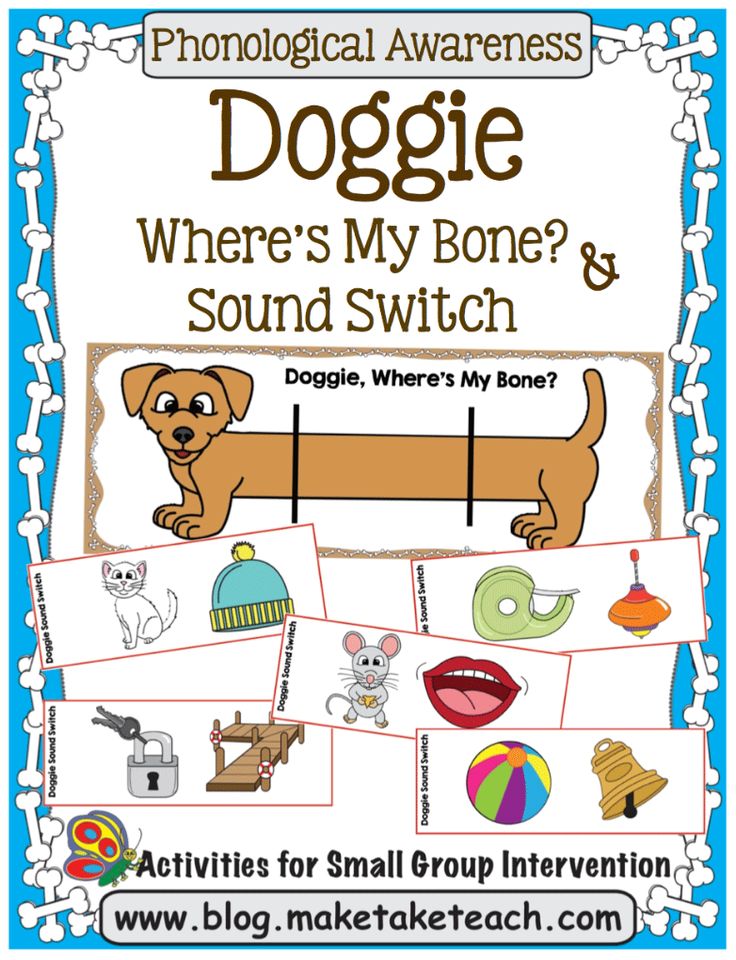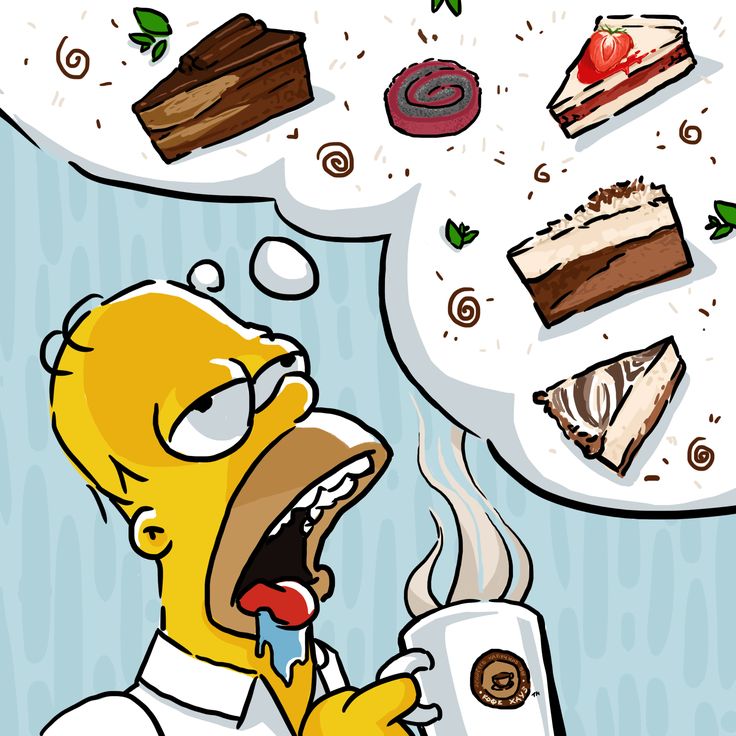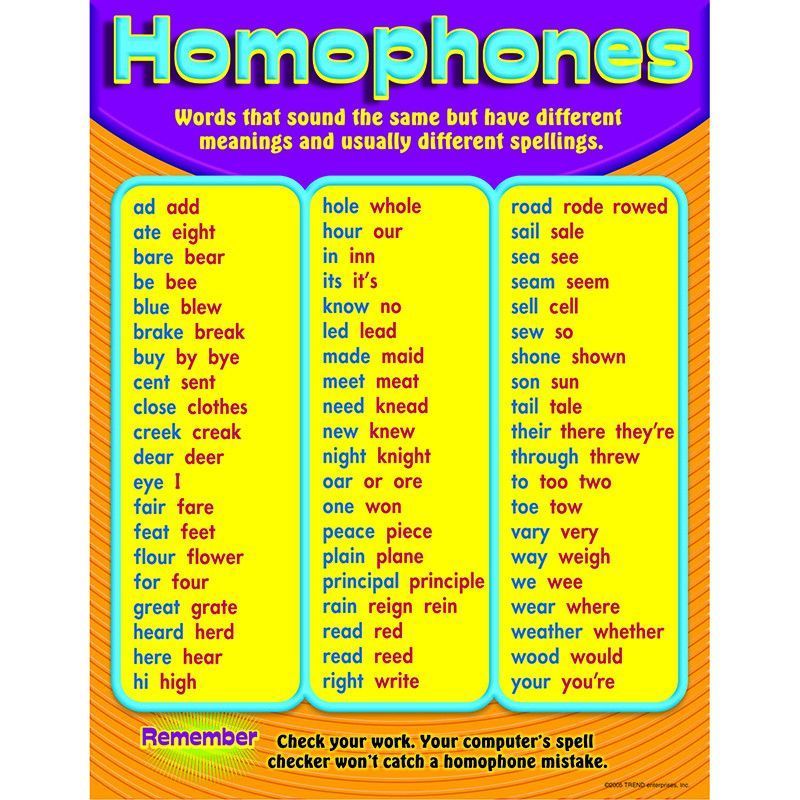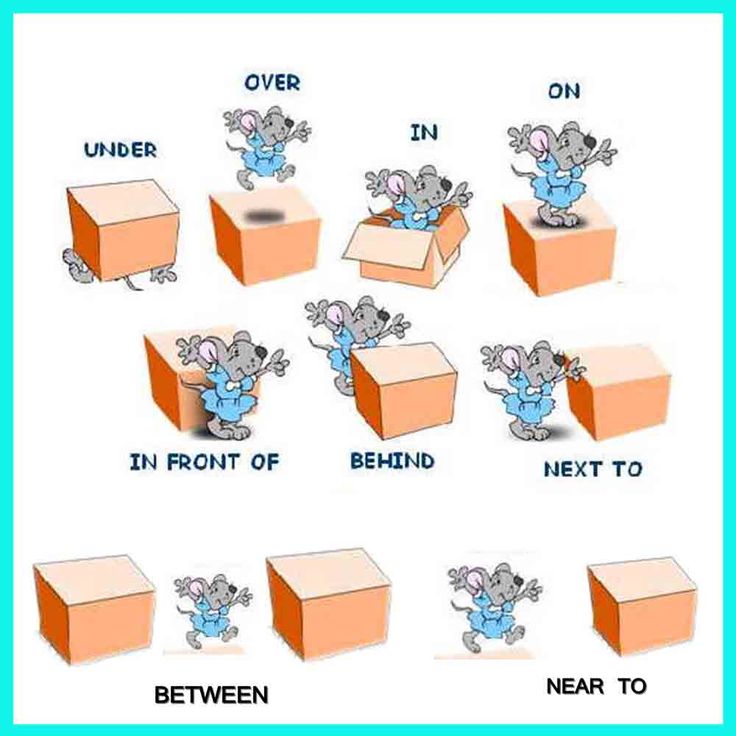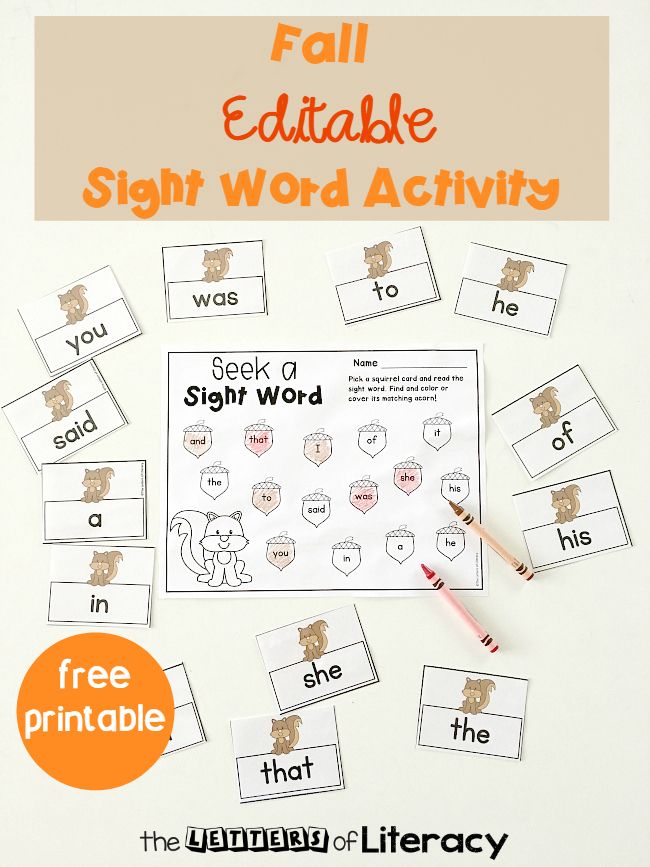The i sound
How to Pronounce /ɪ/ and /i:/ in English, Plus Exercises
English Skills | Pronunciation | Speaking
Think about the words sit and seat. Do they sound different to you? Or the same? Try to say them out loud and pay attention to the sounds “i” and “ea”. The same happens with live and leave. These two English vowel sounds are closely linked. If you struggle with making those sounds, don’t you worry! It’s common for English learners to have difficulties when making them, and this blog post will most certainly help you feel more confident when pronouncing these words.
In this post, we’ll review the vowel sounds in English, give you some examples of them with English words, and provide you with exercises that can be very helpful when studying the difference between /ɪ/ and /i:/.
Recap: the basics of English pronunciation
Do you remember how many letters are in the English alphabet? That’s alright if not. There are 26 letters. Five of them are vowels (A, E, I, O, U) and 21 letters are consonants (B, C, D, F, G, H, J, K, L, M, N, P, Q, R, S, T, V, W, X, Y, Z).
However, letters are different from sounds. There are more than 40 vowel and consonant sounds in English. In some words, for example, the number of letters is the same as the number of sounds. Other times, two letters make one sound (green for instance). And often, you’ll find that some letters are silent, like the “t” in listen.
Another thing that can confuse English learners is when two words have the same spelling but different pronunciations. That happens with the words read in the present tense and read in the past tense. Also, some words have the same pronunciation but different spellings. That’s the case with know and no. You can learn more about words like this with our post about homophones.![]()
If you want to review more basics of English pronunciation, read this blog post.
[convertkit form=2182327]
The long vowel sound /i:/
This is a long sound that we make with the mouth spread, just like if we were smiling. You know why we say cheese when we smile? That’s why, because it forces us to smile. We usually spell it “ee” or “ea”. Here are some examples for you to practice out loud. Listen to the audio to practice.
- feel
- beach
- heat
- meet
- sleep
- bean
- beat
- steal
- beat
The short vowel sound /ɪ/
This sound is a short vowel in English. You make it with barely any effort. Remember to keep your tongue close to the top and front of your mouth. It is not as strong as the /i:/ sound. Here are some words that make the /ɪ/ sound.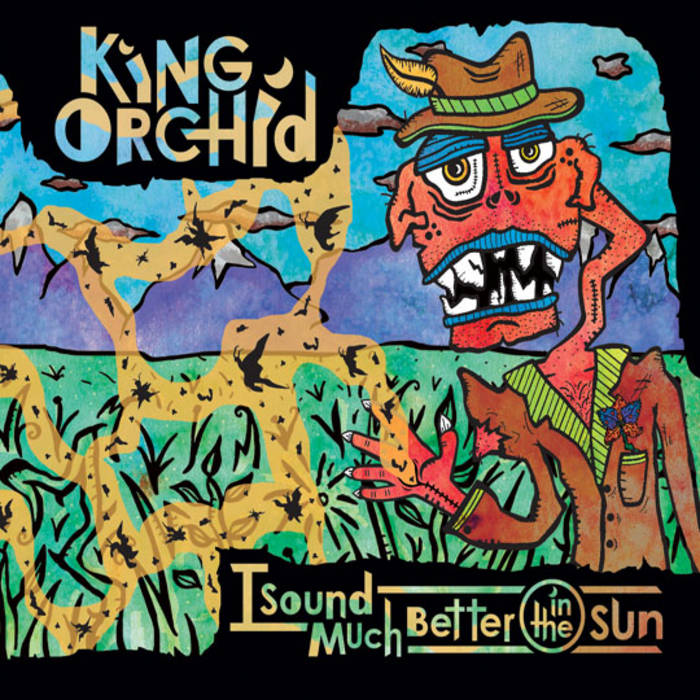 Listen to the audio to practice.
Listen to the audio to practice.
- listen
- fill
- bin
- hit
- still
- bit
- knit
- system
Exercises to practice /i:/ and /ɪ/ in English
Now, let’s practice using the /i:/ and /ɪ/ sounds in English. And, if you have a difficult time remembering the difference, listen to the audio samples above to review the two vowel sounds.
Exercise 1 –
Listening to /i:/ and /ɪ/Exercise 2 – Speaking practice
You must use the Chrome web browser in order for this activity to work. You must also give the website permission to use your microphone. This can be found if you click the ???? symbol to the left of the URL address bar.
If you have difficulty with this activity, try to use a microphone.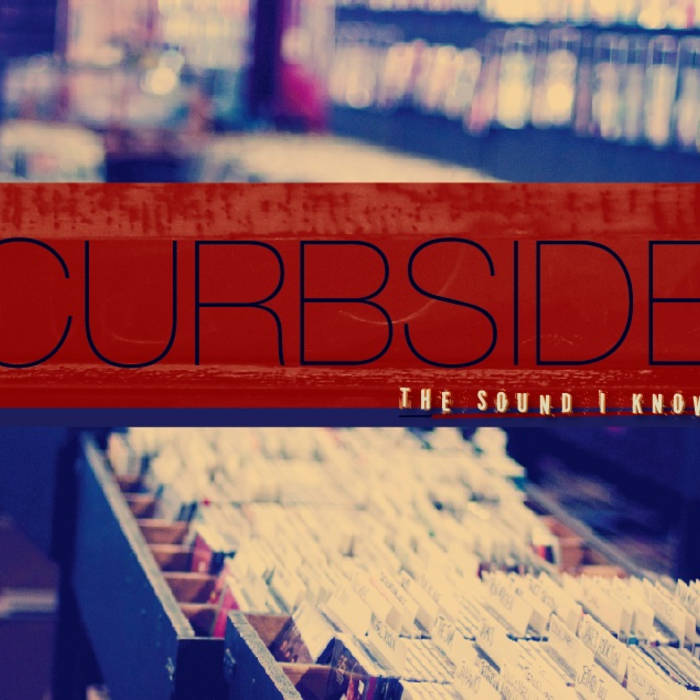
Exercise 3 – Identifying
/i:/ and /ɪ/[fusion_fusionslider name=”english-courses” full_height=”no” offset=”” hide_on_mobile=”small-visibility,medium-visibility,large-visibility” class=”” id=”” /]
Great online resources to help you pronounce any word
Whenever you are not sure about the pronunciation of a word, there are a few resources you can use to figure it out. Let’s check out some English pronunciation tips. You can type “pronunciation english [the word you want]” into Google and the first result that will appear is the pronunciation of that word for you to hear. You can even choose to hear it the American way or the British way. Or, you can also hear it slowly, which can definitely help you learn how to pronounce the word.
Another resource is YouTube. And that’s good for anything, really. Recently, I wanted to know how to pronounce the last name of a person I was going to have a meeting with. It was the first time we were going to talk and I wanted to get her last name right. So, I searched on YouTube and found an interview with a person that had the same last name! You can also look for the word you want next to “English pronunciation youtube” to find videos about pronunciation.
It was the first time we were going to talk and I wanted to get her last name right. So, I searched on YouTube and found an interview with a person that had the same last name! You can also look for the word you want next to “English pronunciation youtube” to find videos about pronunciation.
Don’t worry if it’s difficult for you to pronounce the words sit and seat. Remember that you don’t have to pronounce all the words perfectly in order to be understood. We truly hope this blog post about English pronunciation tips has been helpful to you, though. Good luck!
/ɪ/ and /i:/ American English Pronunciation of I and EE
Pronunciation is an important part of your English fluency puzzle, because you need the people around you to understand what you are saying in order to communicate effectively. How is your pronunciation of the I (live) and EE (leave) sounds? Chances are you have some difficulty, as most of my English students do. However, don’t worry, after today you’ll feel much more confident in your English pronunciation skills and the pronunciation of I and EE.
However, don’t worry, after today you’ll feel much more confident in your English pronunciation skills and the pronunciation of I and EE.
To get you started on the right track, I recommend watching this 5 Minute English video first. In the video, I explain how you make the sounds, the differences between the two, and give you sample word lists and practice sentences. The video will also show you these sounds, allowing a better understanding of the differences. You can continue reading the full lesson to get more details, examples, and of course, the practice exercises!
English Pronunciation of /ɪ/ (I) and /i:/ (EE)Understanding the correct mouth position:
/i:/ (EE)
This is a tense vowel, and requires the following:
- tense (facial) muscles
- lips spread, with a smile
- tongue higher in mouth
- muscles in throat constricted
/ɪ/ (I)
This is a lax vowel, and requires the following:
- relaxed (facial) muscles
- jaw slightly drops (NO smiles)
- tongue relaxed
- muscles in throat are not tense
If you are unsure about how/where your tongue should be.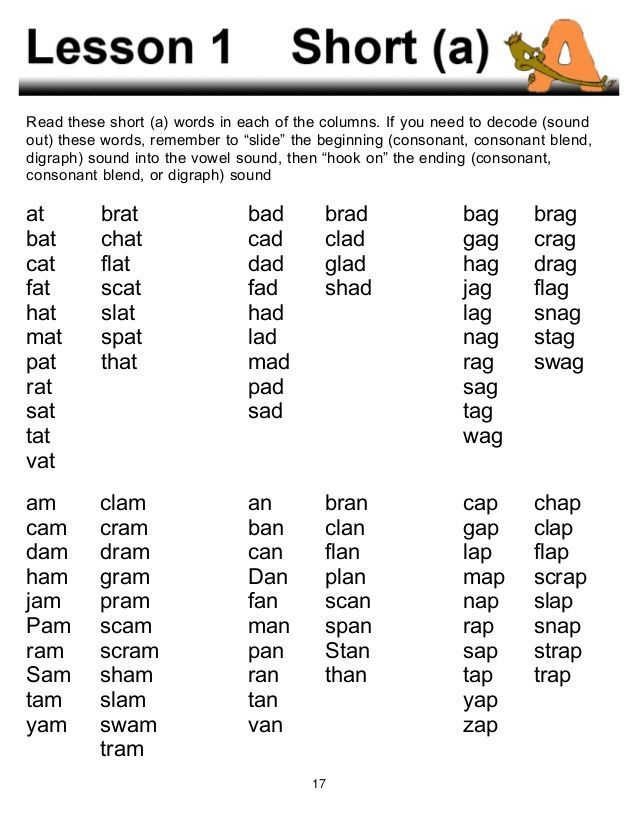 You can do the “finger test” to check for placement. Place your index [pointer] finger in your mouth, angled upward so it’s on the roof of your mouth. If you make the EE sound, you should feel pressure on your finger because your tongue is pushing up onto it. If you make the I sound, you should not feel this pressure because your tongue should not be touching your finger. Can you feel the difference? If you’re not sure about this finger tense, watch this quick video.
You can do the “finger test” to check for placement. Place your index [pointer] finger in your mouth, angled upward so it’s on the roof of your mouth. If you make the EE sound, you should feel pressure on your finger because your tongue is pushing up onto it. If you make the I sound, you should not feel this pressure because your tongue should not be touching your finger. Can you feel the difference? If you’re not sure about this finger tense, watch this quick video.
Practice, practice, practice! Continue practicing these sounds individually until you actually feel a difference in the two. Then move onto reviewing the individual words.
Word lists:
/i:/ (EE)
from the video:
beat
seat
cheap
feet
green
eat
piece
sheet
beach
additional words:
deep
eel
feel
heap
each
leave
leak
scene
teak
/ɪ/ (I)
from the video:
bit
sit
chip
fit
grin
it
piss
shit
bitch
additional words:
dip
ill
fill
hip
itch
live
lick
sin
tick
Keep on practicing, practicing, practicing! You’ve already gotten comfortable with the sounds, so you now need to be comfortable with the words individually.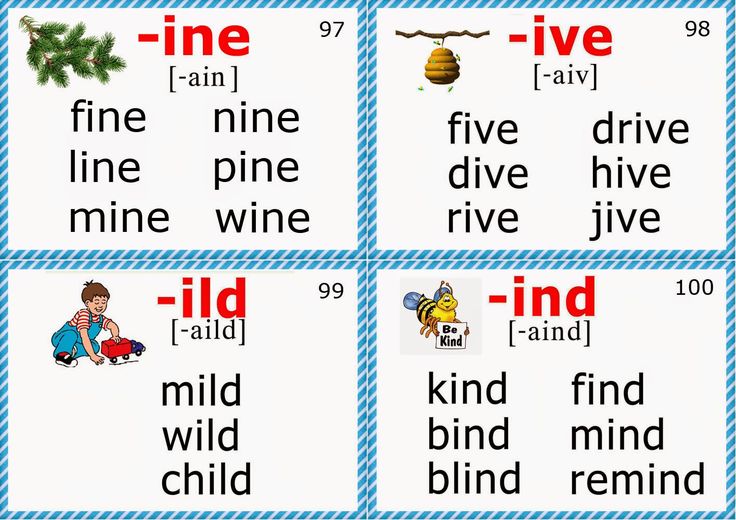 When you say each of these words, check that they match the requirements mentioned above, or the way I say them in the video. Once you’re comfortable with the words on their own, begin comparing the two:
When you say each of these words, check that they match the requirements mentioned above, or the way I say them in the video. Once you’re comfortable with the words on their own, begin comparing the two:
beat bit
seat sit
cheap chip
feet fit
etc… etc… I recommend making the word lists side by side in your own notebook to practice.
Sentence Practice:
When you are focusing on the sounds alone, it can be quite easy once you get comfortable. So add the challenge, and make it more natural and realistic by practicing the words in sentences with a combination of other sounds.
Sentences with both sounds:
- I grin when I find green beans in the sale bin.
- This chip is delicious and cheap, eat it.
- I need to sit in the seat, because my feet do not fit in this shoe.
Sentences with the /i:/ sound:
- Please leave the scene after you each eat.
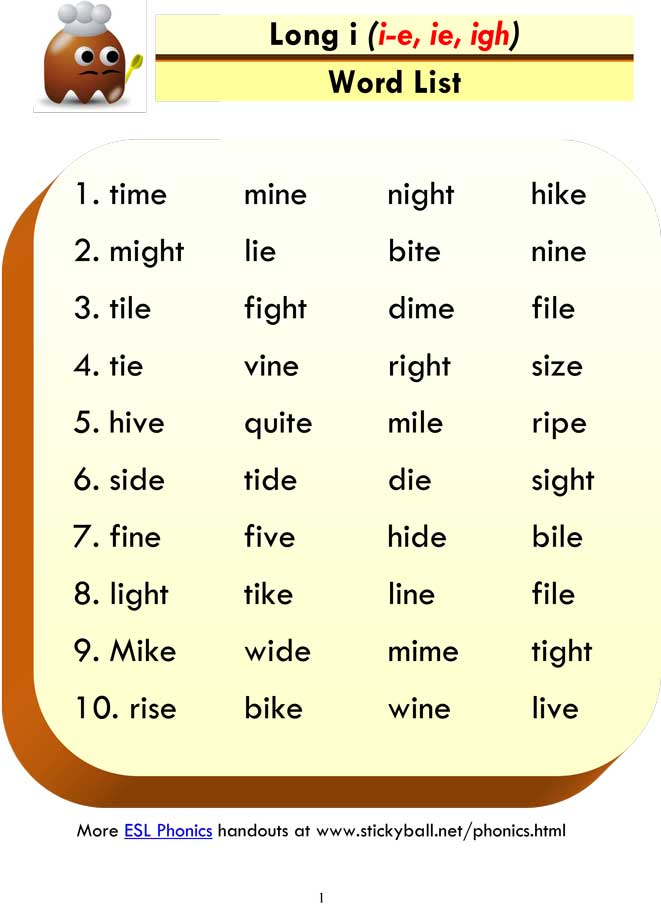
- There are heaps of eels swimming deep at the beach.
- These pieces are cheap, so they leak.
Sentences with the /ɪ/ both sound:
- Fill it with chips
- A tick bit my hip so I’m ill.
- I live for dips in the ocean, it makes me grin.
You know what to do: practice, practice, practice! As you’ve been doing with the sounds, words, and comparisons, take your time getting comfortable with these sentences. It’s all about repetition.
PRACTICE EXERCISESIn order to do these exercises, I recommend grabbing a mirror or recording yourself while practicing to check accurate mouth positions. *Recording yourself is the most effective and you can play back your recording and listen to the differences, too.*
Complete these exercises every day, of course speaking aloud.
1. The first exercise is to repeat the long/tense vowel sound /i:/.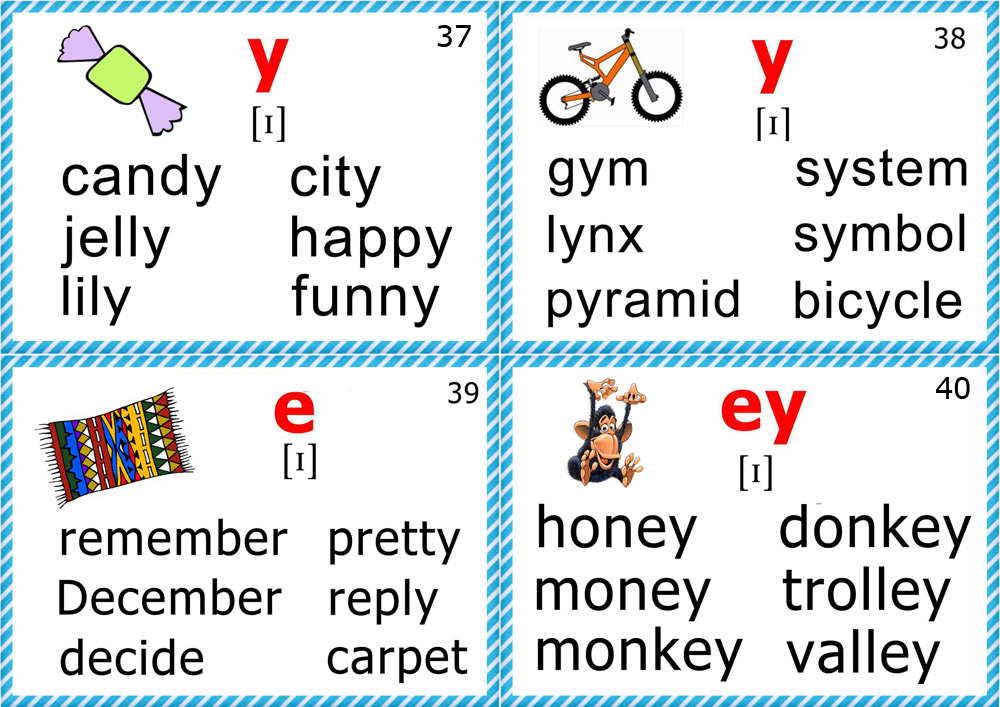 3 sets of 5 reps (or 15 times)
3 sets of 5 reps (or 15 times)
2. Next, repeat the short/laxed vowel sound /ɪ/. 3 sets of 5 reps (or 15 times)
*Always be checking for accuracy (use my video and the “requirements” from above)
3. Next Say the words listed above in the /i:/ list. Repeat two times.
4. Now, say the words in the /ɪ/ list and repeat twice.
5. Move on to read the sentences. Start with the focused /i:/ sentences, then the focused /ɪ/ sentences, and finally the sentences with both sounds.
Repeating these exercises every day will help you build the muscles and ability needed to say the sounds correctly. You must practice if you want to become better, just like you need to lift weights if you want to be stronger.
Some other things you can do to practice:
- Write down as many minimals pairs with /ɪ/ and /i:/ as you can on a piece of paper (there are many different lists on the Internet).
 Ask a friend to read some of the words to you, and see if you can hear and understand the difference.
Ask a friend to read some of the words to you, and see if you can hear and understand the difference. - Student A and Student B exercises! Work together with a friend, your classmates, or anyone learning English to perfect the pronunciation of i and ee. You can even do this online with your conversation partner!
Are there any other ways you like to practice pronunciation? Any questions for me about this lesson? Let me know in the comments below.
Until next week,
Happy Studying! ♥
If you liked this lesson, please share it with a friend and don’t forget to sign up for my weekly lessons to continue learning outside the box!
Do you want to speak more natural and fluent English?
JOIN THE CONVERSATION CLUB AND GET WEEKLY SPEAKING PRACTICE & REAL CONVERSATIONS TO IMPROVE YOUR SPEAKING FLUENCY
The Conversation Club will provide you with 6 group conversation calls to practice with a real teacher and a group message community to connect with other members.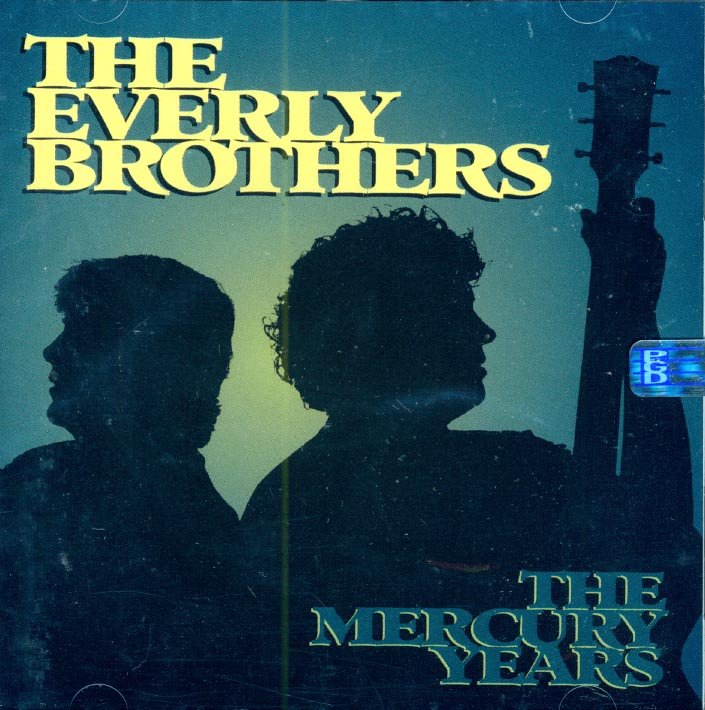
You will also get weekly English lessons to help your vocabulary, listening, reading, pronunciation, and more!
Try the Club for 1 week, free! Join the 1-week free trial here.
Like this:
Like Loading...
Reading lesson "Letter "I" and its sounds". 1st grade
Goals:
- to introduce the vowel I denoting two sounds.
- reveal the role of the letter I - an indicator of the softness of consonant sounds.
- to develop phonemic hearing, speech, logical thinking, attention.
- to cultivate love for their homeland, a sense of patriotism.
I. Organizing moment.
Hello guys!
- My name is Natalya Alexandrovna, I will teach you a lesson in literacy.
- Guys, today at the lesson we will make an exciting journey through our country.
II. Knowledge update.
- Read what is the name of our country? (Russia) slide
- How is this word written? (using letters)
– What did we say? (sounds)
– What is the difference between letters and sounds? (we write and read letters, but we pronounce and hear sounds)
- What are the two main groups that all letters and sounds of the Russian language are divided into? (vowels and consonants)
- Name only the consonants of this word.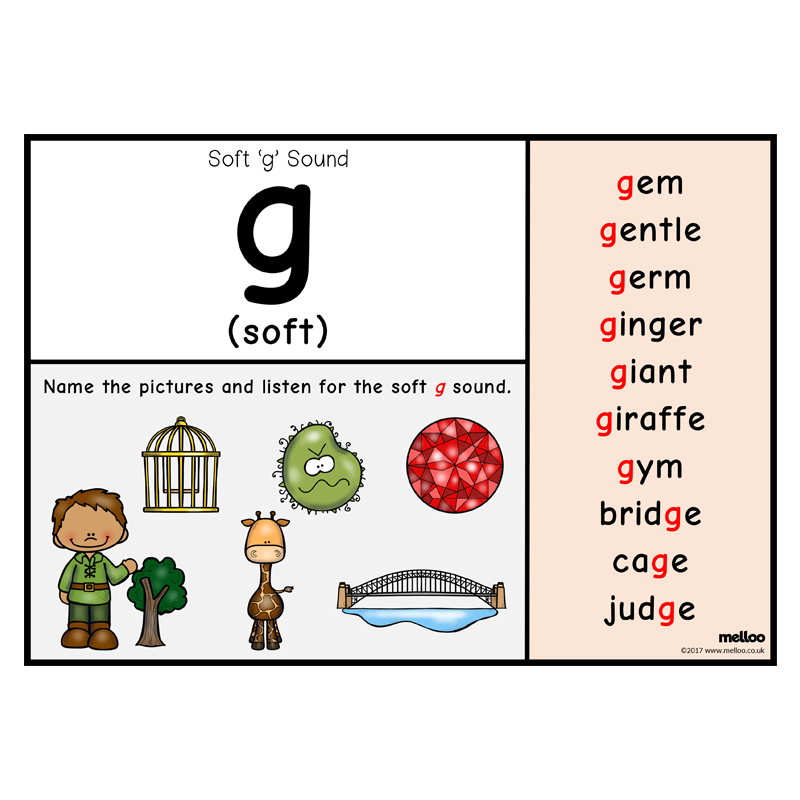 ("er" "es" "es")
("er" "es" "es")
- Name the vowels of this word. (o and)
- What work do the vowels do in a word? (form syllables)
- How can they manage consonants in a merging syllable? (denoting either softness or hardness of a consonant)
III. Presentation of the topic and objectives of the lesson.
- Today at the lesson we will get acquainted with a new letter and its sounds slide
- This is the letter I
- The letter I is a tricky letter its point to the city in which we live.
- What is it called? (Moscow)
- That's right, the capital of our Motherland.
– Apple orchards are highly valued in Russia
– Revealing the secrets of the letter Y during the journey, we will plant apple trees.
– The girl Raya will help us with this.
- For the correct answers you will receive apples.
IV. Opening new.
- Discovering the first secret of the letter Y. slide: girl with 1 question
slide: girl with 1 question
- What question do we need to answer?
| What group of letters does the letter Ya belong to? |
(We draw the contour of the sound of the letter I in red, imprint the sounds, color the slippers)
- Let's listen to the letter. ([y-a-a-a-a-a-a])
– Stretching? (yes)
- What letter is this? (vowel)
- What work will she do in the word? (forms a syllable)
- How can she manage consonants in confluence? (indicates either softness or hardness of a consonant)
- What color do we designate vowels? (in red)
- Put the sound of the letter Y in front of you.
- Circle the outline of the sound in red
- Let's listen to the letter again. ([y-a-a-a-a-a-a])
- How many sounds do we hear? (two)
– Which ones? ([y`a])
- Type in the first sound of the letter. ([y`])
([y`])
- Say it.
– What is he like? (consonant, soft)
- What color do we designate soft sounds? (green)
- Color the first slipper green.
- Type in the second sound of the letter. ([a])
- Say it.
– What is he like? (vowel)
- What color do we represent vowel sounds? (red)
- Color the second slipper red.
Output:
- So let's summarize.
- What letter is this? (vowel)
- How many sounds does the letter Y have? (two)
– Which ones? ([y`a])
- Look at the map, the first apple tree yielded apples, so we answered the question correctly.
- Opening the second secret of the letter Y. slide: girl with 2 questions
- What question do we need to answer?
| When does the letter I mean two sounds? |
(We read the diagram of the word “apples”, type the sounds into the diagram and designate them with the letter I, which is at the beginning of the word; we do a sound-letter analysis of the word “Paradise”, we imprint the sounds into the diagram and designate them with the letter I, which is after the vowel)
Reading the pattern for the word "apples"
- Place card #1 in front of you.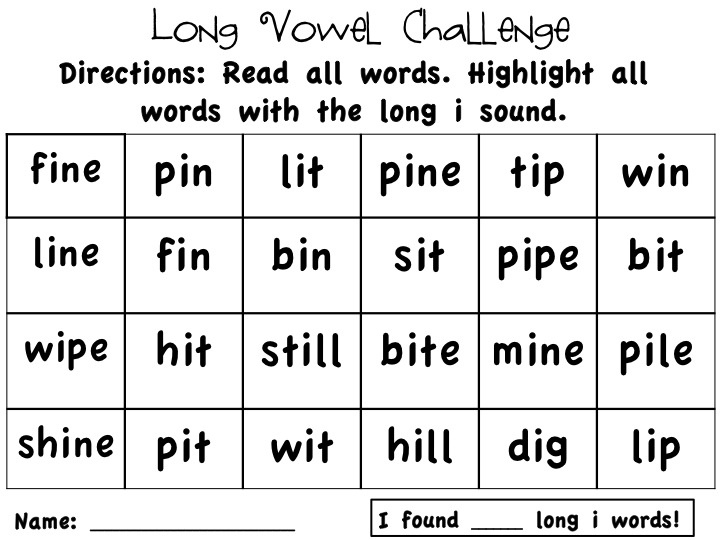 slide
slide
- Read the top word. (apples)
- Let's read the diagram for this word.
– How many syllables are there in a word? (clap: apple-lo-ki - 3 syllables)
- Name 1 syllable. ([y`aaaaaab])
– What vowel forms this syllable? ([a])
- Type the sound into the circuit.
- What sound is in front of him? ([y`y`y`y`])
– What is he like? (consonant, soft)
- Type the sound into the circuit.
- Say 1 syllable again. ([y`aaaaaab])
- What sound is there in the syllable? (not in confluence [b])
- Name the 2nd syllable. ([loooo])
- Which vowel is formed? ([o])
- What consonant comes before it? ([l])
- What is the 3rd syllable? ([kiii]
What vowel is formed? ([i])
– What consonant comes before it? ([k`])
- Which syllable is stressed? (first)
- Name two sounds of the first fusion. ([y`a])
- What letter do we designate them? (i)
- Type the letter i above the merge.
Look at the word.
- Where is the letter I in the word? (at the beginning of a word)
Conclusion:
- So, in what cases does the letter I denote two sounds? (at the beginning of the word)
- Look at the apple tree, only half of the tree has given fruit.
– So we haven't fully answered the question.
Sound analysis of the word "Raya" (one person at the blackboard)
- Place card number 2 in front of you.
slide
- Read the word.
- Let's do a sound-letter analysis of the word.
– How many syllables are there in a word? (clap: Ra-ya - 2 syllables)
- Name 1 syllable. ([raaa])
- What vowel forms a syllable? ([a])
- Where is he? (in merge - colorize)
- Name the consonant that comes before it. ([rrrrrr])
– What is he like? (hard)
– Why? ([a] denotes its hardness - color it in)
- Name the 2nd syllable. ([y`aaaa])
([y`aaaa])
– Which vowel forms a syllable? ([a])
- Where is he? (Merge - colorize)
- Type the sound into the circuit.
- Name the consonant before it. ([y`])
– What is he like? (soft - color in)
- Print the sound into the circuit.
- Which syllable is stressed? (first)
- Name the sounds of the second fusion. ([y`a])
- What letter do we designate them? (i)
- Type the letter i above the merge.
Look at the word.
- Where is the letter I in the word? (after the vowel)
Conclusion:
- So, in what cases does the letter I stand for two sounds?
| The letter Я denotes two sounds: [й`] and [а] at the beginning of a word and after a vowel. |
- Look at the map, the second apple tree gave a harvest of apples, so we answered the question correctly.
Physical education minute
Once - got up, stretched.
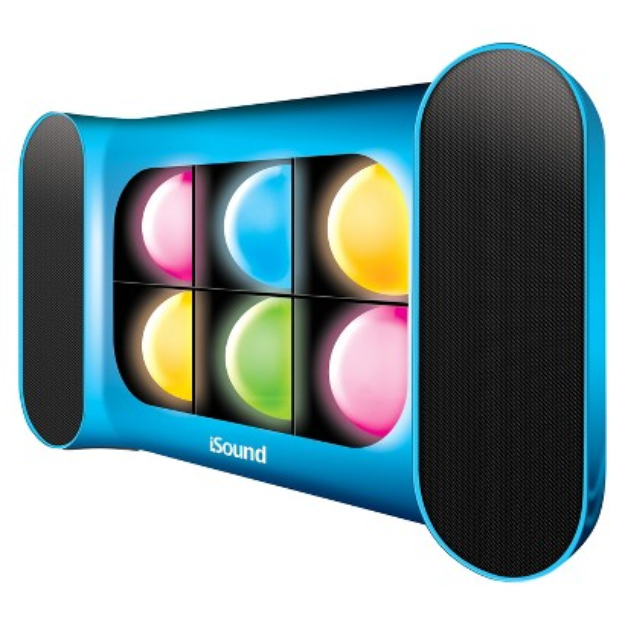
Two - bent, unbent.
Three - three claps in the hands,
Three head nods.
Four - arms wider.
Five - wave your hands.
Six - sit quietly at the desk.
- Opening the third secret of the letter Y. slide: girl with 3 questions
- What question do we need to answer?
| What work does the letter I do in the confluence? |
(Compare the scheme of the word “apples” with the scheme of the word “apple tree”, type the sounds of the letter I at the beginning of the word and in the merger, denote the sounds by the letter, observe the letter I in the mergers)
Reading the scheme of the word “apple tree” "
- Place card #1 in front of you.
- Read the first and second word. (apples, apple tree)
– Compare word patterns. (they are the same)
(they are the same)
– How are the words different? (in letters)
– What has changed? (merging -ki into -nya)
- Say the last syllable and listen to it.
- What is the vowel formed by? ([a])
- Type the sound into the circuit.
- What letter represents the sound? (i)
- What sound comes before a vowel? ([n`])
- Why do we hear the sound [a], but write the letter Z?
- The letter I, merged with a soft consonant, denotes one sound.
- If we hear the vowel [a] merging with a soft consonant, then what letter will we designate this sound? (letter Y)
Tale about the letter Y
Proud letter I did not want to meet with consonants. What for? After all, she also had her own consonant - the sound [y`]! But without her, the words fell apart and nothing could be understood what they wanted from each other. And then one day she agreed to meet with one of the consonant letters, so that at least for a short time the letters could agree on something. The sound [y`] liked to play with its brothers - consonants so much that it was ready to give its softness to any of them. Since then, as soon as the letter I got into a confluence with a consonant, the sound [y`] went to this consonant and gave it its softness. And the letter I remained with the vowel sound [a] and was very proud that next to it the consonants become softer. But as soon as the letter I left the merger, the sound [y`] immediately returned back to the letter Y.
The sound [y`] liked to play with its brothers - consonants so much that it was ready to give its softness to any of them. Since then, as soon as the letter I got into a confluence with a consonant, the sound [y`] went to this consonant and gave it its softness. And the letter I remained with the vowel sound [a] and was very proud that next to it the consonants become softer. But as soon as the letter I left the merger, the sound [y`] immediately returned back to the letter Y.
Reading syllables with the letter I
- Look at the screen. slide with mergers
Read the mergers and answer the question, how do you read the consonants in the merger with the letter I?
Output:
- So what is the job of the letter I in the confluence?
| The letter I denotes the softness of the consonant sound in confluence. |
- Look at the map, the third apple tree gave a harvest of apples, so we answered the question correctly.
- Opening the fourth question. slide: girl with 4 questions
| Summarize what you know about the letter I? |
(Summarize the three previous questions, read the conclusion in the textbook)
V. Primary reinforcement .
Reading words in the text from the textbook (work in pairs)
– Find the text in the textbook
– read
- find the letter i in words
- think and discuss in which words the letter i means 2 sounds, in which 1
- read the words where the letter i means two sounds
- read the words where the letter I denotes one sound and the softness of a consonant in fusion
Playing with sounds and
(the class is divided into options)
1st option - these are sounds 2nd option - these are sounds
- 1 student reads the words from the board in whole words
- if the letter I stands for two sounds, option 1 gets up
- if the letter I stands for one sound, option 2 gets up
- who made a mistake - leaves the game , sits down.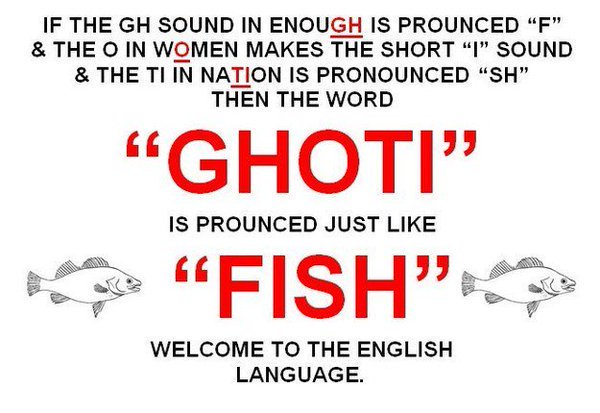
Variants change with sounds, everything starts from the beginning.
VI. The result of the lesson
- what letter did you meet?
- read the conclusion of the lesson in the textbook
- you need to learn it at home
- write a story about the letter at home I am using the sound system
- read the words in the columns in the alphabet
- who found it difficult today?
- who succeeded?
- let's hang your drawings about the letter I on the board
- you are all great today!
- thanks for the lesson
- lesson over
Hard and soft consonants. How to determine? Table and examples
We will teach you how to write without errors and tell stories in an interesting way
Start learning
123.6K
You must have noticed that the same consonant letters can sound different. For example, in the words "childish" and "think" the letter "d" is not the same: we pronounce one softly, and the other firmly. It's time to figure out why this is happening. In this article, we will tell you what hard and soft consonants are and how to determine them so as not to make mistakes in phonetic analysis.
For example, in the words "childish" and "think" the letter "d" is not the same: we pronounce one softly, and the other firmly. It's time to figure out why this is happening. In this article, we will tell you what hard and soft consonants are and how to determine them so as not to make mistakes in phonetic analysis.
What consonants are called hard and soft
Consonants are those in which there is noise. When we pronounce them, the exhaled air encounters obstacles: the special position of the tongue, lips, teeth, palate. This is where the characteristic consonant sound comes from.
Consonants can be hard or soft, voiced or voiceless.
-
Soft consonants - sounds, during the pronunciation of which the middle of the tongue rises, and the tip approaches the teeth.
-
Solid consonants are sounds in which the tongue does not make additional movements.

Therefore, we pronounce hard and soft consonants differently. This can be seen if you say, for example, the words autumn and wasps . In the first case, the sound [s'] is soft and will sound appropriate. But in the second word [s] is a solid consonant sound, and this can also be heard from its sound.
Here are some more examples of the same consonants that represent hard and soft sounds.
| | | |
|---|---|---|
| | | |
| | | |
| | | |
| | | |
| | | |
| | | |
Interestingly, the hardness or softness of a consonant is related to which vowel follows it. If after the consonant there are letters denoting the hardness of the sound ( a, o, y, s or e ), it will be hard, and if the letters denoting softness ( i, e, e, yu, and or b ), - soft. The exception is some borrowed words, for example fo[ne]tika .
If after the consonant there are letters denoting the hardness of the sound ( a, o, y, s or e ), it will be hard, and if the letters denoting softness ( i, e, e, yu, and or b ), - soft. The exception is some borrowed words, for example fo[ne]tika .
For example:
-
soft consonants: [d'e] revo, [v'e] black, when [b'e] reap, [v'a] knowledge, p[r'i] led, [l'u] day , etc. ;
-
hard consonants: months [ta], k[ry] sha, [du] mother, [me] r etc.
Test yourself!
Determine which consonant sound is used in these words - [d] or [d']: see, home, winner, businesslike, victory, pest, meditation, bear
Demo lesson in Russian
introductory lesson and find out what topics separate you from the "five" in Russian.
Paired and unpaired consonants in terms of hardness-softness
Consonant sounds form pairs in terms of hardness-softness and are called, respectively, paired.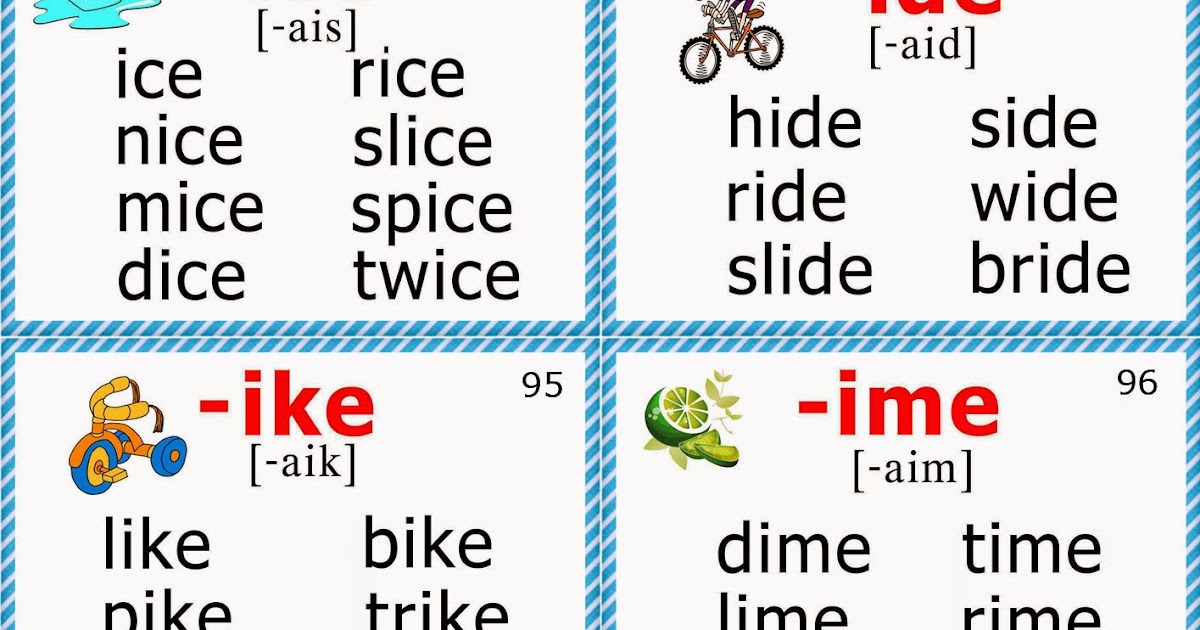 Here is a table of all paired hard and soft consonants.
Here is a table of all paired hard and soft consonants.
| [b] | [c] | [g] | [d] | [h] | [s] | [k] | [l] | [m] | [n] | [p] | [r] | [t] | [f] | [x] |
| [b'] | [in'] | [g'] | [d'] | [z'] | [s'] | [k'] | [l'] | [m'] | [n'] | [n'] | [p'] | [t'] | [f'] | [x'] |
However, in Russian there are consonants that do not have such a pair: they can only be soft or only hard.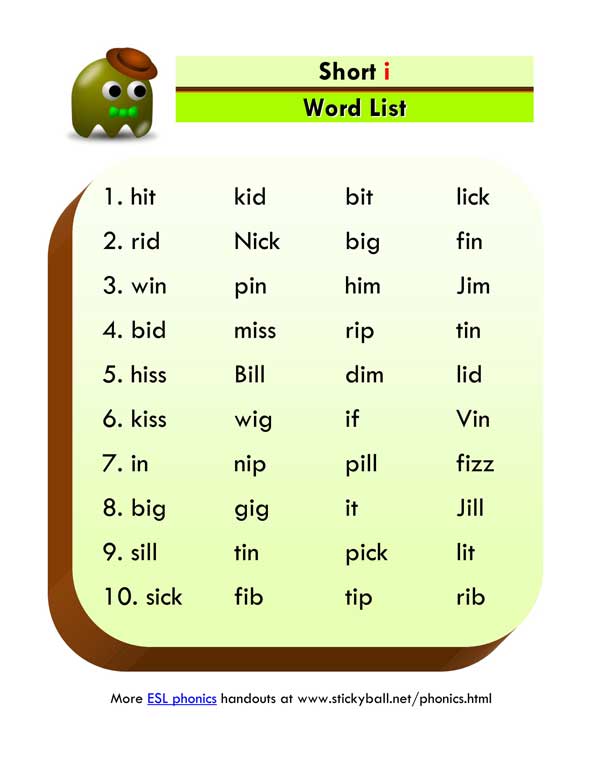 Such sounds are called unpaired. For example, consonants [g], [w] and [c] do not have a pair, they are always solid. Even if in the word they are followed by letters that indicate the softness of consonants: i, e, e, u, and or b .
Such sounds are called unpaired. For example, consonants [g], [w] and [c] do not have a pair, they are always solid. Even if in the word they are followed by letters that indicate the softness of consonants: i, e, e, u, and or b .
Example
Yellow [yellow], wide [shirok'y], walked [shol], life [zhyz'n'], you see [in'id'ish] , etc.
For convenience, we collected all paired and unpaired consonants in the memo below. Save and enjoy!
Test Yourself
Test your understanding of hard and soft consonants and letters with the activities below.
Task 1
Name:
-
10 hard consonant words;
-
5 words that always contain hard consonants;
-
10 soft consonant words;
-
5 words with always soft consonants.
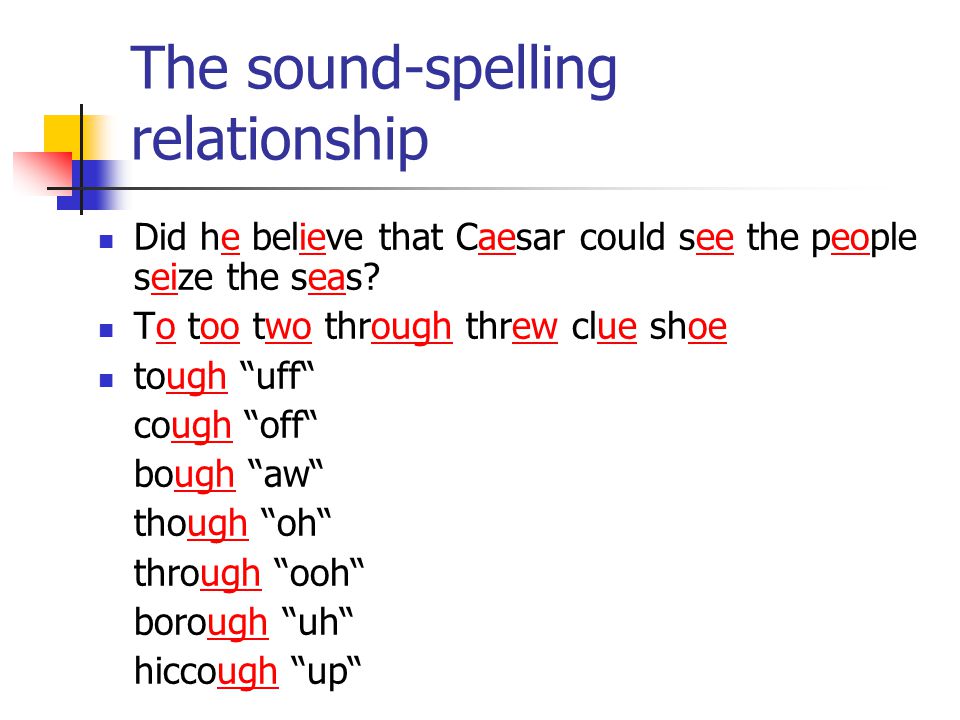
Task 2
Read the words below and mark the hard consonant sounds in them, and also indicate whether they are paired or unpaired in hardness-softness:
-
wind,
-
apple,
-
grovel,
-
Far East,
-
approaching,
-
cauterize,
-
pyramid,
-
appearance,
-
bait,
-
important,
-
cyclone,
-
athletic,
-
interferes.
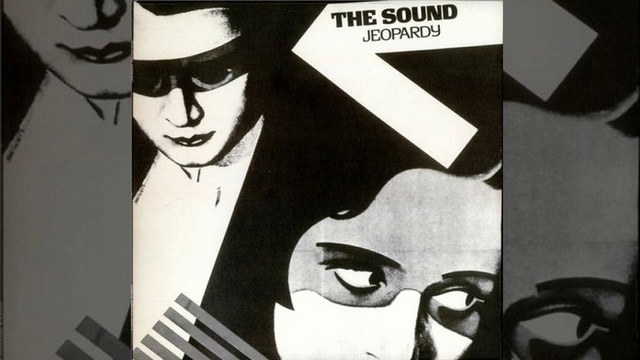
Learn more


